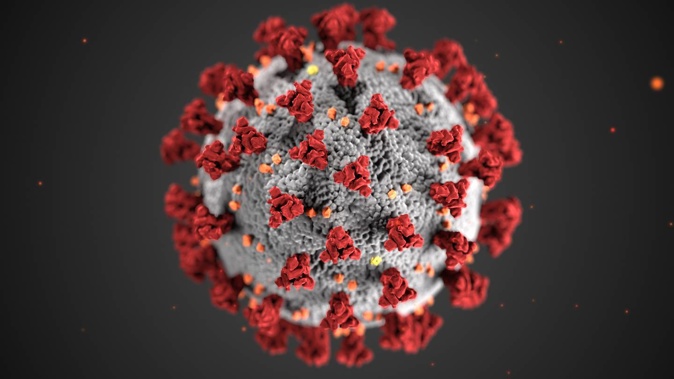
There have been 20,802 new cases of Covid-19 in the community over the past week, the Ministry of Health reports, and a further 41 people have died.
Of the deaths reported today, one was in their 40s, one was in their 50s, three were in their 60s, seven were in their 70s, 15 were in their 80s and 14 were aged over 90.
One was from Northland, six were from Auckland region, four were from Waikato, three were from Bay of Plenty, three were from Lakes, four were from Hawke’s Bay, one was from Taranaki, three were from MidCentral, five were from Wellington region, three were from Canterbury, one was from West Coast, three were from South Canterbury, four were from Southern.
As of yesterday at midnight, there was 322 people in hospital with the virus, including eight in intensive care.
The seven-day rolling average of community cases has increased slightly to 2967. Of the cases announced today, 3173 were reinfections.
The seven-day rolling average of deaths attributable to Covid-19 is two.
One Covid-19 expert says it’s possible New Zealand may be at or near a peak of its latest bump in cases – but a raft of unknowns about subvariants and prevalence continues to cloud the picture.
And while the latest ESR analysis showed the Omicron subvariant largely responsible for our winter wave remains dominant – suggesting this wave can't be solely put down to faster-spreading new lineages - modellers are watching these recently-arrived types tracking upward in parts of the country.
As experts spoke to the Herald ahead of the Ministry of Health's weekly update today, the seven-day rolling case average stood at 2964 – slightly above where it was a week ago – although daily cases had been falling over the past few days.
University of Auckland computational biologist Dr David Welch said that, with the climb in reported cases appearing to slow, "we may well be in the situation where we're at or near a peak".
Although reinfection numbers had crept up – now accounting for about 14 per cent of reported cases – most cases appeared to be people having the virus for the first time.
"That group of people is becoming smaller and smaller, so if we were hitting a peak, it wouldn't be surprising, given it's getting harder for the virus to find those who haven't been infected yet."
Welch has previously pointed out the latest uptick - observed since cases began rising at the start of October - seemed consistent with restrictions being relaxed the month before.
Still, he said we wouldn't know whether cases had peaked until there was a sustained drop in reported infections over weeks.
It was also possible, he added, that New Zealand might be seeing one wave caused by behavioural factors, only to be followed by another driven by new subvariants.
Covid-19 modeller Dr Dion O'Neale agreed that was a possibility, and similarly pointed out that a lack of surveillance data – the ministry still doesn't have an infection prevalence survey in place – made it hard to draw firm conclusions.
ESR's latest subvariant report showed BA.5 - which has been our dominant circulating subvariant since it replaced its Omicron cousin BA.2 around the middle of the year – accounted for 80 per cent of sequenced samples between October 15 and 28.
But the sampling – representing about two per cent of all reported Covid-19 cases – showed relative newcomers BA.2.75 and BQ.1.1 appeared to be on the rise, making up 11 and 3 per cent of sequenced hospital cases respectively.
O'Neale, of Covid-19 Modelling Aotearoa, said new subvariants looked to be making up a growing proportion of infections in the Wellington region – and it was unclear how much this represented a national picture.
"Perhaps we could be getting close to the behaviourally-driven aspect of increasing case numbers at the moment, and we might get a switch to a more variant-driven increase," he said.
"But it's really hard to tell with what's going on with both things right now – and in different regions to some extent – because a lot of the data is pretty poor at the moment."
If new subvariants were driving many more infections, a lack of genomic sequencing and case under-reporting made it difficult to calculate the case ascertainment rate, which told us how many infections we don't know about compared with those we do know about.
"Right now, we don't have that many cases going through whole genome sequencing – so you can hide a lot of a new variant effect."
Otago University evolutionary virologist Dr Jemma Geoghegan noted that overseas waves had been shown to arise from these new subvariants.
While the limited data we had showed a mix of subvariants circulating, her team were looking closely at reinfections – which could indicate new types getting around the immunity people had gained from previous Omicron infections.
"I think reinfections will be the main type of cases that we'll see over the next while, and this might drive the next bump," Geoghegan said.
“But this is a very complex picture, especially in New Zealand.”
Take your Radio, Podcasts and Music with you









